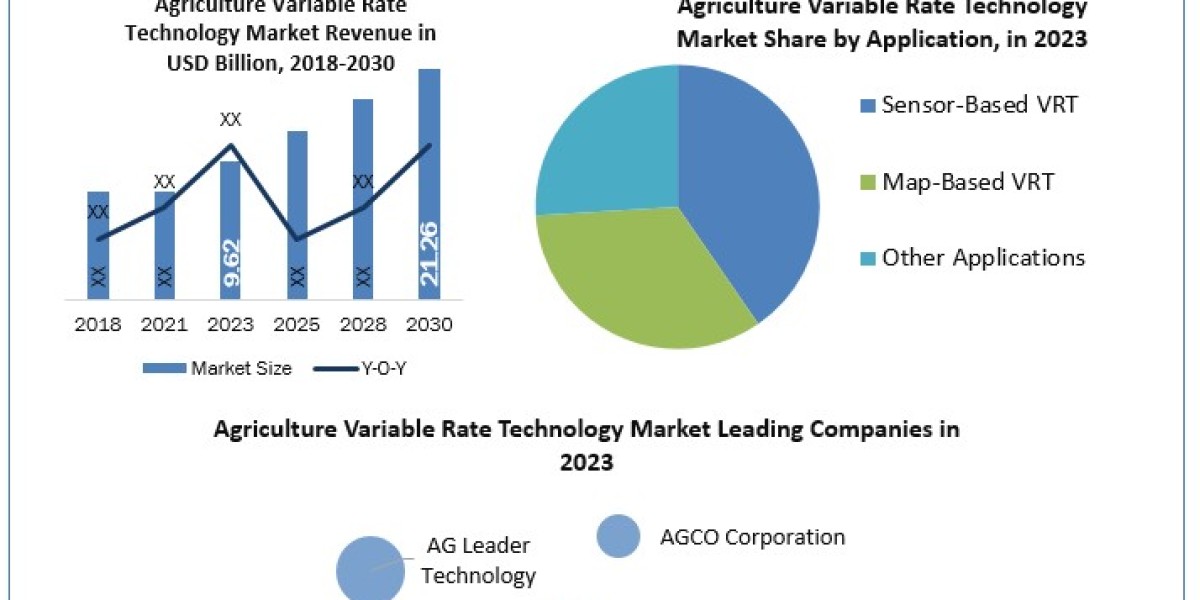Writing a book is a remarkable achievement, but the journey from manuscript to the shelves of a bookstore is a complex and multifaceted process. Whether you're a seasoned author or a first-time writer, understanding the book publishing process is essential to bring your literary masterpiece to the hands of eager readers. In this comprehensive guide, we will take you through the various stages of book publishing, shedding light on the intricacies involved in transforming your manuscript into a tangible book. If you're seeking professional assistance, we'll also discuss the importance of book editors for hire in ensuring your manuscript reaches its full potential.
Stage 1: Writing and Manuscript Preparation
Every book begins with an idea, a spark of inspiration that ignites the creative process. The first step is to write your manuscript. This stage involves brainstorming, outlining, writing, and revising until you have a polished draft. It's crucial to ensure that your manuscript is well-edited, error-free, and compelling. Many authors choose to work with professional editors to refine their work and make it as engaging as possible.
Stage 2: Literary Agents and Querying
Once your manuscript is ready, you have the option to seek literary representation from a literary agent. Literary agents act as intermediaries between authors and publishers. They help authors secure publishing deals and negotiate contracts. To attract a literary agent, you'll need to write a compelling query letter and book proposal that effectively pitch your work. This stage can be competitive, but the right agent can open doors to major publishing houses.
Stage 3: Traditional vs. Self-Publishing
Authors have two primary paths to publishing: traditional publishing and self-publishing.
Traditional Publishing
Traditional publishing involves submitting your manuscript to publishing houses, which then review, edit, design, and market your book. If accepted, the publisher will pay you an advance against future royalties. Traditional publishing offers prestige and distribution but can be selective and time-consuming.
Self-Publishing
Self-publishing allows authors to maintain full creative control and a higher percentage of royalties. Authors can use platforms like Amazon Kindle Direct Publishing (KDP) or IngramSpark to publish their books digitally and in print. While it provides greater autonomy, self-publishing requires authors to take on many responsibilities, from cover design to marketing.
Stage 4: Editing and Proofreading
Regardless of your publishing path, professional editing and proofreading are essential. Editing involves refining your manuscript for clarity, consistency, and style. Proofreading is the final step to catch any remaining errors. Many publishers and self-published authors hire editors and proofreaders to ensure their books are of the highest quality.
Stage 5: Cover Design and Layout
Book covers play a crucial role in attracting readers. A captivating cover design is often the first thing potential readers notice. Professional designers create eye-catching covers that align with the book's genre and content. Interior layout and formatting are equally important, as they ensure the text is legible and visually appealing.
Stage 6: ISBN and Copyright
To sell your book through traditional distribution channels, you'll need an International Standard Book Number (ISBN). This unique identifier is essential for tracking sales and inventory. Additionally, you should secure copyright protection to safeguard your intellectual property.
Stage 7: Printing and Distribution
For traditionally published books, the publisher manages the printing and distribution process. Self-published authors, on the other hand, must arrange for printing and distribution themselves. Print-on-demand services and local printing companies can help authors produce physical copies of their books without the need for large upfront investments.
Stage 8: Marketing and Promotion
Effective marketing is crucial to the success of your book. Traditional publishers have marketing teams to create strategies, secure reviews, and promote the book through various channels. Self-published authors must become savvy marketers themselves, utilizing social media, book signings, author websites, and book review sites to reach their target audience.
Stage 9: Sales and Distribution
Books are typically distributed through bookstores, both physical and online. Traditional publishers have established distribution networks, making it easier for their books to reach stores and libraries. Self-published authors can distribute their books through online retailers like Amazon, Barnes & Noble, and independent bookstores.
Stage 10: Reviews and Feedback
Reviews and feedback from readers are essential for an author's growth and book's success. Encourage readers to leave reviews on platforms like Goodreads and Amazon. Constructive criticism can help you improve as a writer, while positive reviews can boost sales.
Stage 11: Long-Term Promotion
Book promotion doesn't end with the initial launch. Authors must continue promoting their books over the long term. Engage with readers on social media, participate in book clubs, and explore opportunities for speaking engagements and book tours.
Conclusion
The journey from manuscript to bookstore is a complex and rewarding one. Whether you choose traditional publishing or self-publishing, each stage of the process requires dedication, creativity, and perseverance. Writing a book is just the beginning; the real magic happens when your words find their way into the hearts and minds of readers worldwide. Understanding the book publishing process is your key to turning that dream into a reality, ensuring that your story is not only told but also heard.








